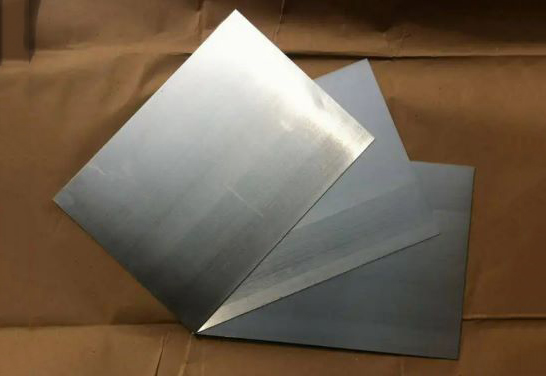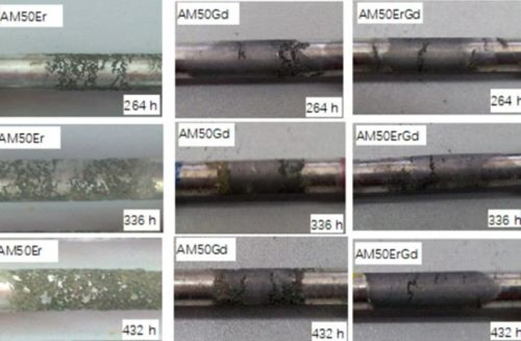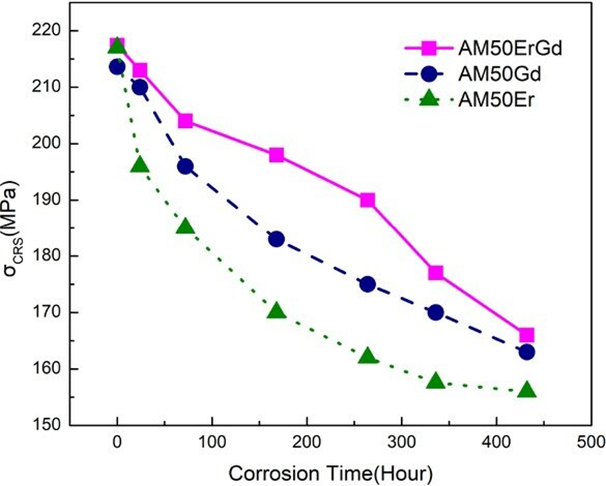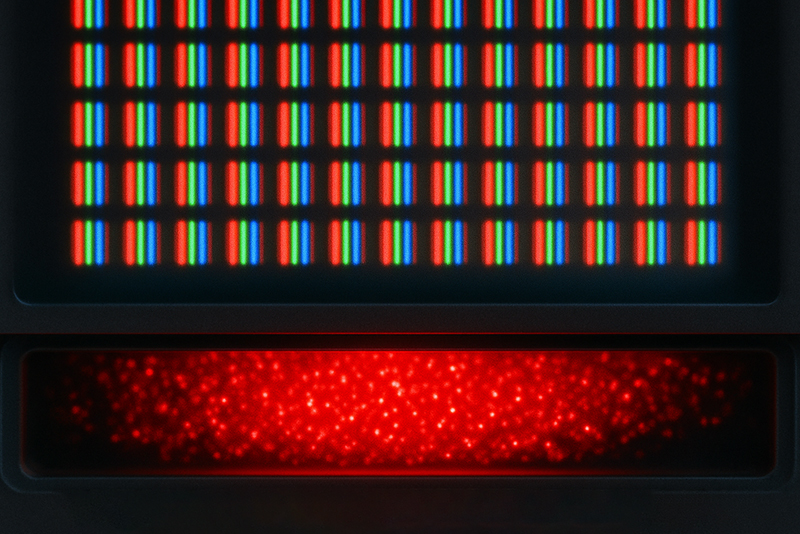
Magnesium alloys are lightweight materials that offer excellent strength-to-weight ratios, making them ideal for various applications in the aerospace, automotive, and electronics industries. However, magnesium alloys have limitations in terms of their mechanical properties, including low ductility and poor corrosion resistance. The addition of rare earth elements to magnesium alloys can improve their mechanical properties and corrosion resistance. In this article, we will discuss the influence of rare earth addition on cast magnesium alloys.
Rare earth elements, such as cerium (Ce), lanthanum (La), and neodymium (Nd), are commonly used as alloying elements in cast magnesium alloys. These elements can promote the mechanical properties of the alloys by refining the microstructure and modifying the precipitate morphology.
Adding rare earth elements to magnesium alloys can enhance its high temperature properties such as creep resistance and thermal stability, because intermetallic compounds will form between rare earth elements and magnesium.
Rare earth elements can also improve the corrosion resistance of cast magnesium alloys. The addition of these elements can lead to the formation of a protective oxide layer on the surface of the alloy, thereby inhibiting the corrosion process. The oxide layer formed on the rare earth-containing magnesium alloy is more uniform and dense than that formed on the traditional magnesium alloy, thereby improving the corrosion resistance.
Rare earth elements can change the microstructure of cast magnesium alloys, thereby improving the mechanical properties of the material. The principle is that rare earth elements can serve as nucleation sites for new phase formation, thereby refining the grain structure and reducing porosity. With a tighter grain structure and less porosity, the strength, ductility and toughness of the alloy are improved.
What's more, the addition of rare earth elements can change the morphology of precipitates, thereby affecting the mechanical properties of the alloy. For example, rare earth elements can promote the formation of the Mg17Al12 alloy phase, which is a strengthening phase in magnesium alloys and can significantly affect the strength and ductility of the material.
The advantage of Y-Mg alloy is that it has good hot strength characteristics and excellent high temperature oxidation resistance. Rare earth Y also has a significant effect on the high temperature properties of Mg-0.8Zr-0.35Zn alloy and Mg24Y5 alloy. They all have high melting points and good thermal stability.
The addition of rare earth Ce and Nd can enhance the corrosion resistance of magnesium alloy AZ31. The reason is that the addition of rare earth elements reduces the α-Mg solid solution activity of the alloy. In addition, compounds composed of rare earth elements, Mg, and Al are generated, which are sequentially distributed on grain boundaries. These characteristics contribute to better corrosion resistance of magnesium alloys.
Magnesium is one of the lightest metals, however, it lags behind in ductility and corrosion resistance. Therefore, alloying with rare earth elements is usually used to improve these characteristics.
A series of tests including XRD, SEM, EDS and tensile tests were used to examine the effect of the addition of rare earths Gd and Er alone and in combination on the corrosion resistance of magnesium alloys on mechanical and chemical properties.
The surface topography was observed by a scanning electron microscope (SEM) (ZEISS EVO18, Germany) equipped with an energy dispersive spectrometer (EDS).
The corroded strength was defined as the corrosion residual strength (CRS) [1].

Figure 1. Surface morphologies of AM50Er, AM50Gd, and AM50ErGd tensile rods after 264, 336, or 432h of corrosion. [2]

Figure 2. CRS curves of AM50Gd, AM50Er, and AM50ErGd magnesium alloys [2]
In general, the addition of rare earth elements in cast magnesium alloys is of great help, which can refine the structure and change the morphology of precipitates, thereby improving the high temperature performance, mechanical properties and corrosion resistance of the alloy. The use of rare earth elements in alloy fabrication is an important area of research and development.
Stanford Materials Corporation (SMC) is a leading supplier of rare-earth-added magnesium alloys. Hope that you can have a better understanding and select the perfect magnesium alloys for your projects. For more information, please send us an inquiry.
Reference:
[1] Li C., Liu Y., Wang Q., Zhang L., Zhang D., Study on the corrosion residual strength of the 1.0 wt.% Ce-modied AZ91 magnesium alloy, Mater. Charact., 2010, 61, 123-127
[2] Yang, Miao, Liu, Xiaobo, Zhang, Zhiyi, Song, Yulai, and Bai, Lei. "Effect of Adding Rare Earth Elements Er and Gd on the Corrosion Residual Strength of Magnesium Alloy" Open Physics, vol. 17, no. 1, 2019, pp. 373-380. https://doi.org/10.1515/phys-2019-0042
Eric Loewen
Eric Loewen graduated from the University of Illinois studying applied chemistry. His educational background gives him a broad base from which to approach many topics. He has been working with topics about advanced materials for over 5 years at Stanford Materials Corporation (SMC). His main purpose in writing these articles is to provide a free, yet quality resource for readers. He welcomes feedback on typos, errors, or differences in opinion that readers come across.

 Inquiry List
Inquiry List


